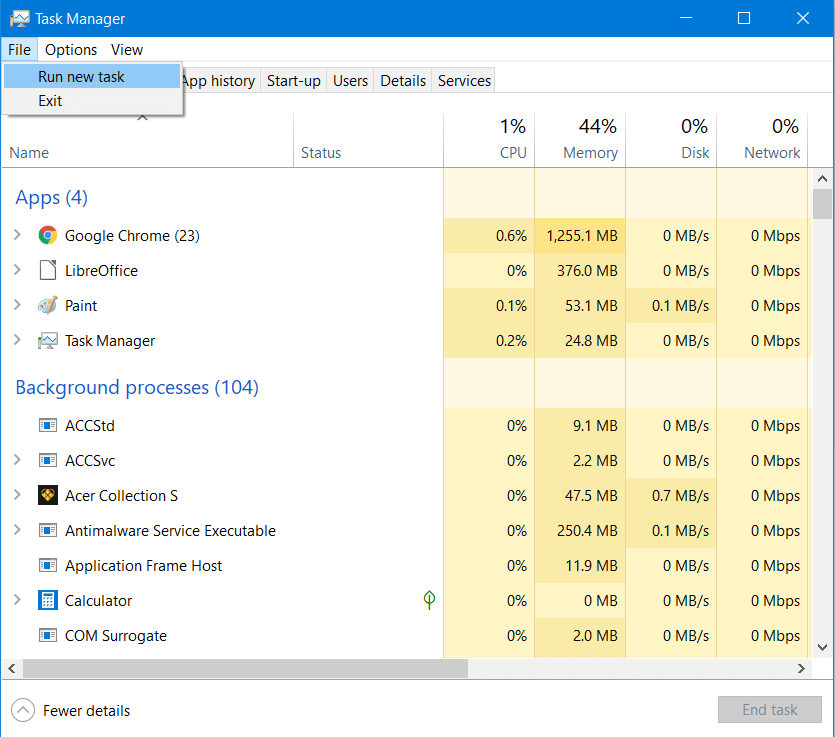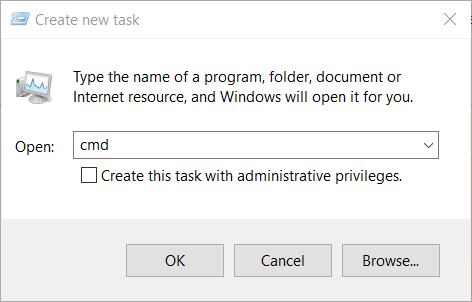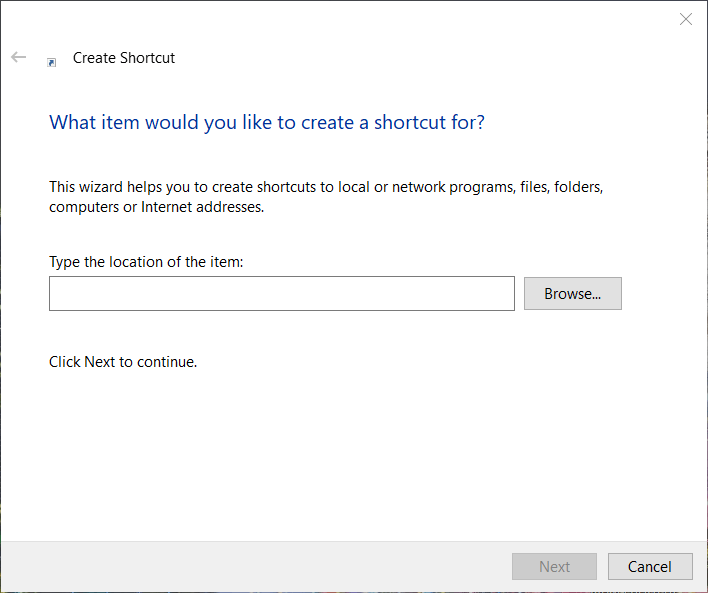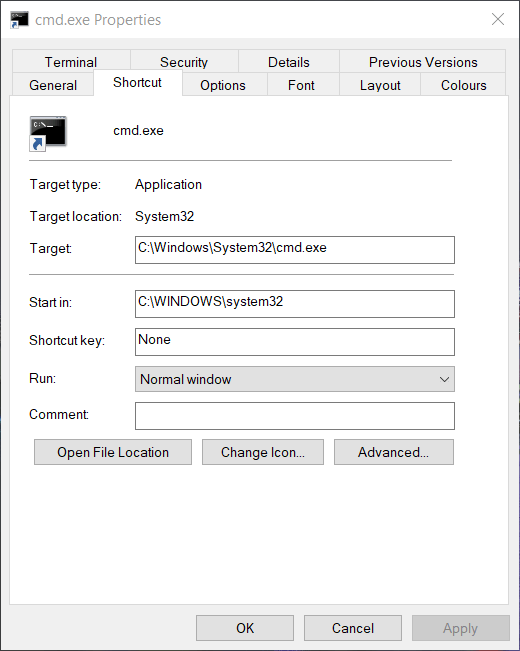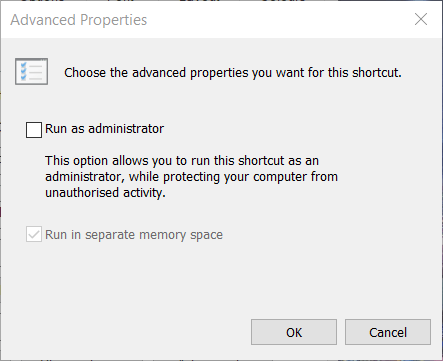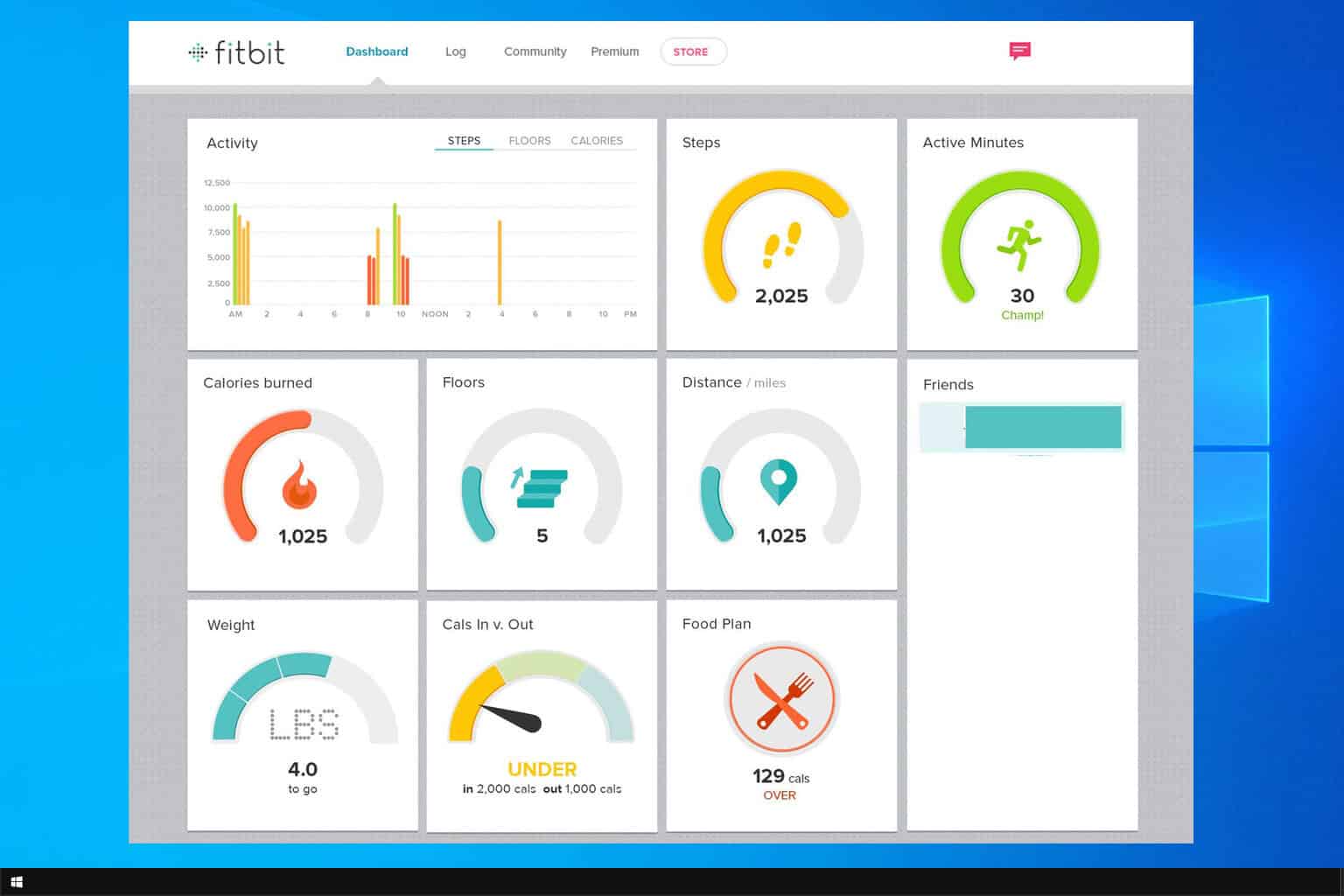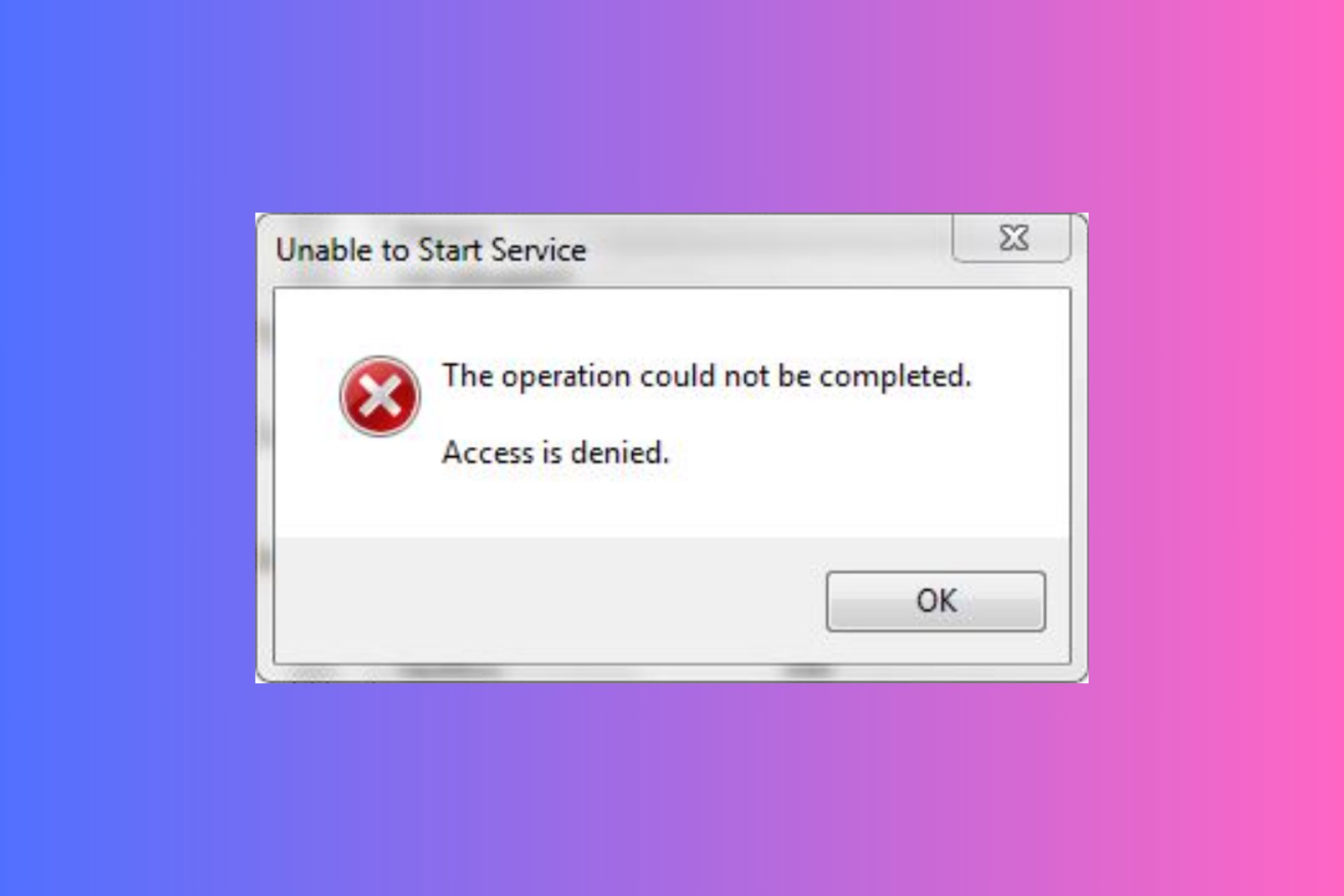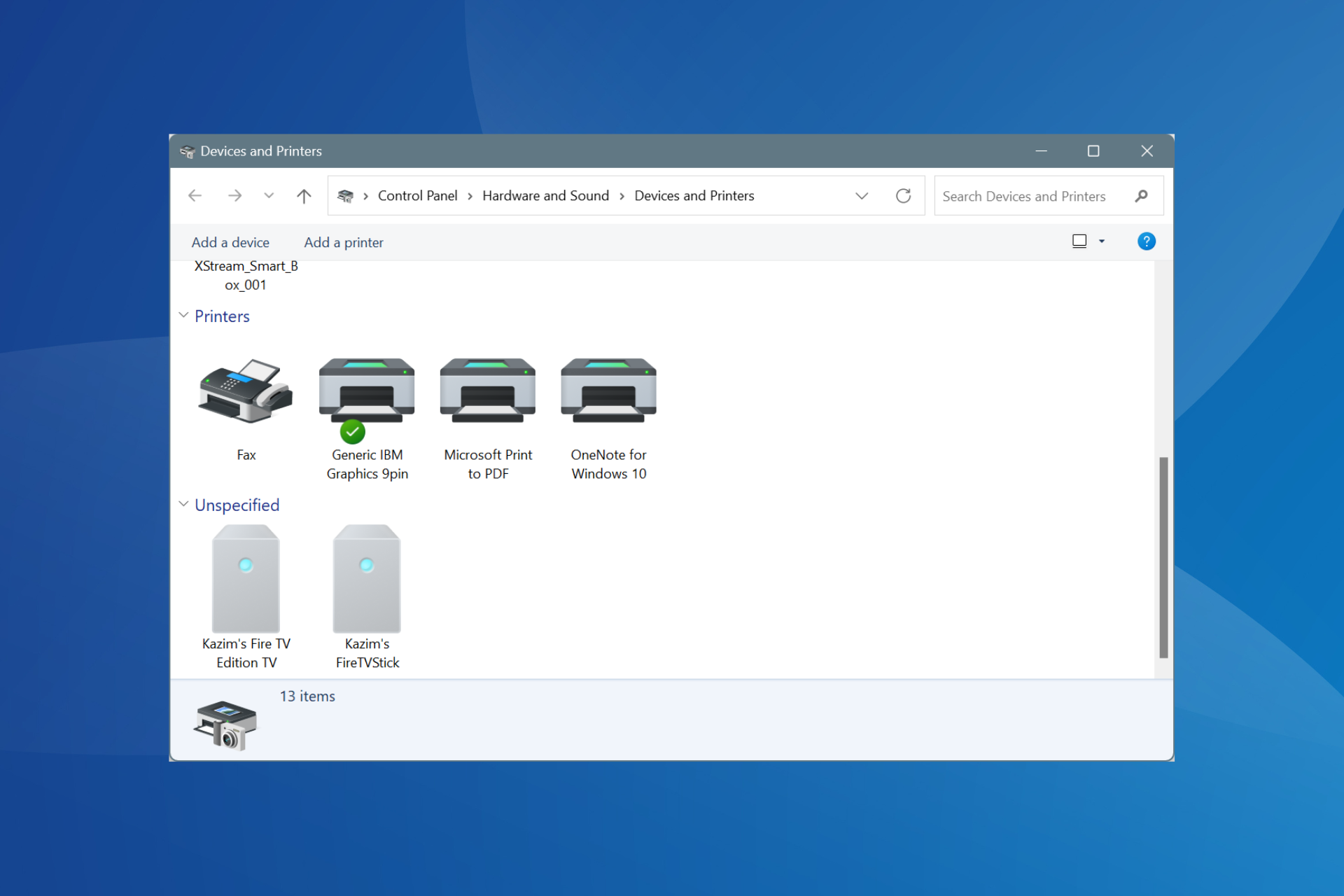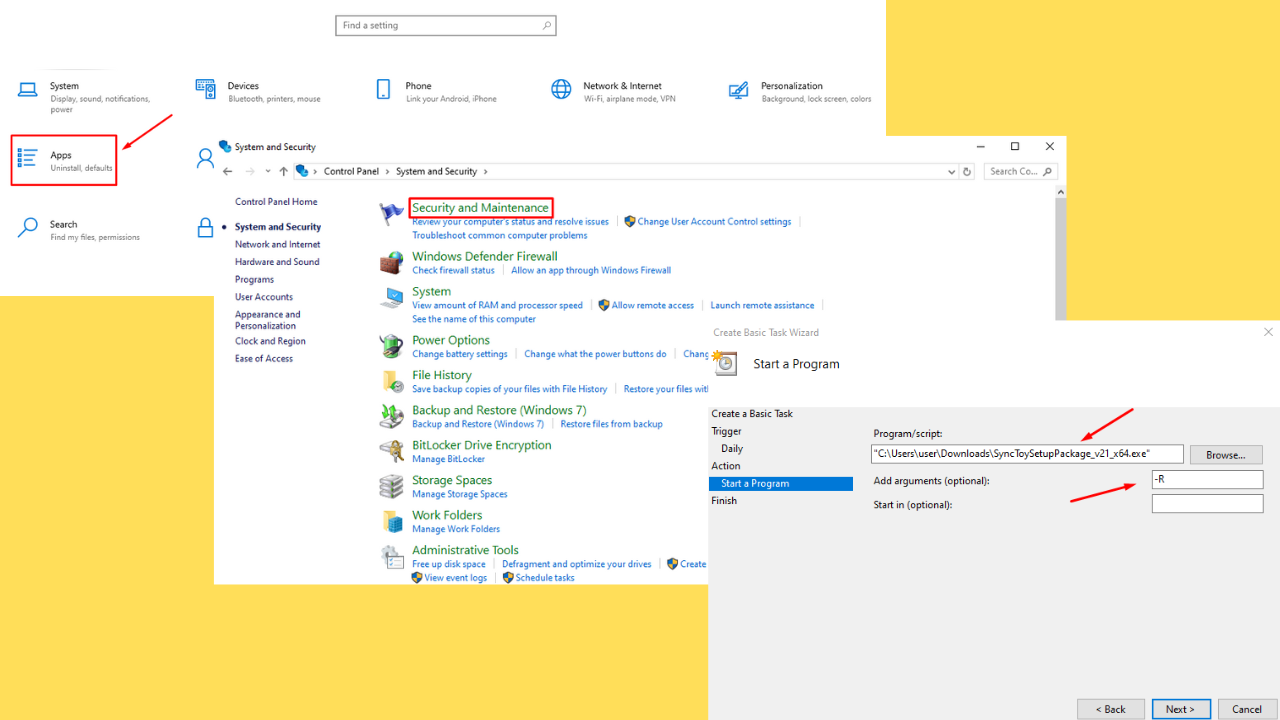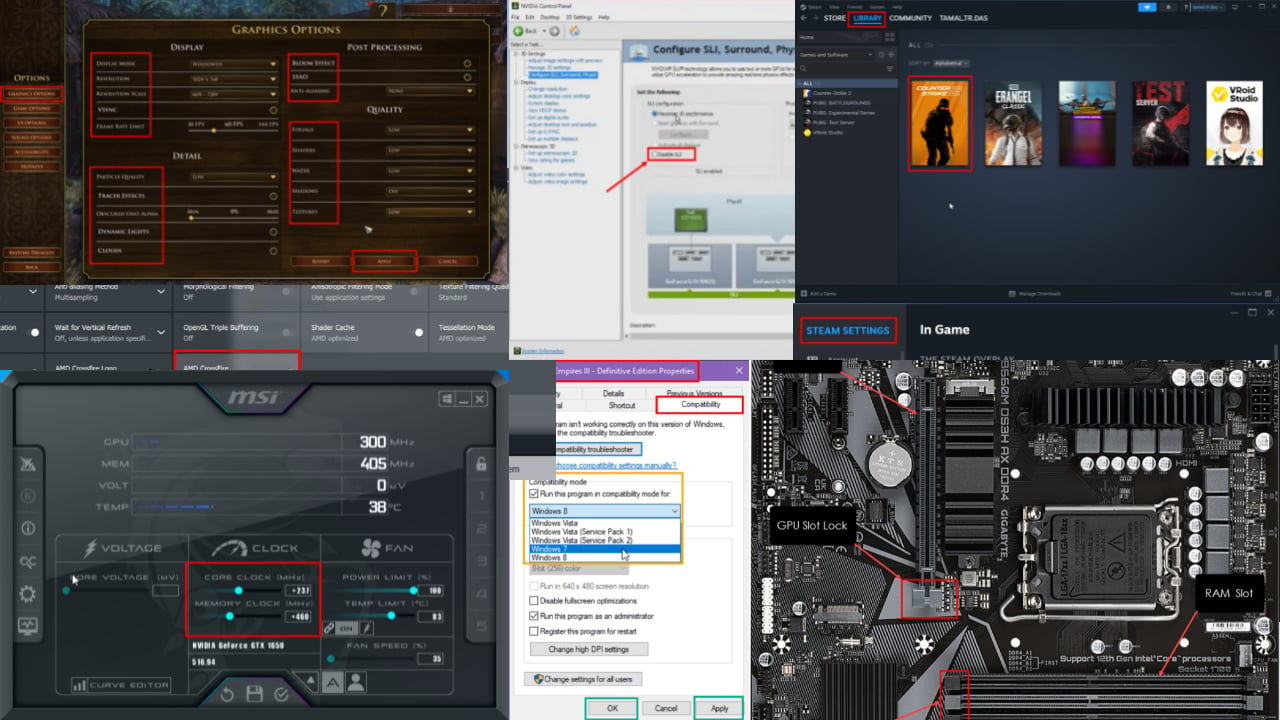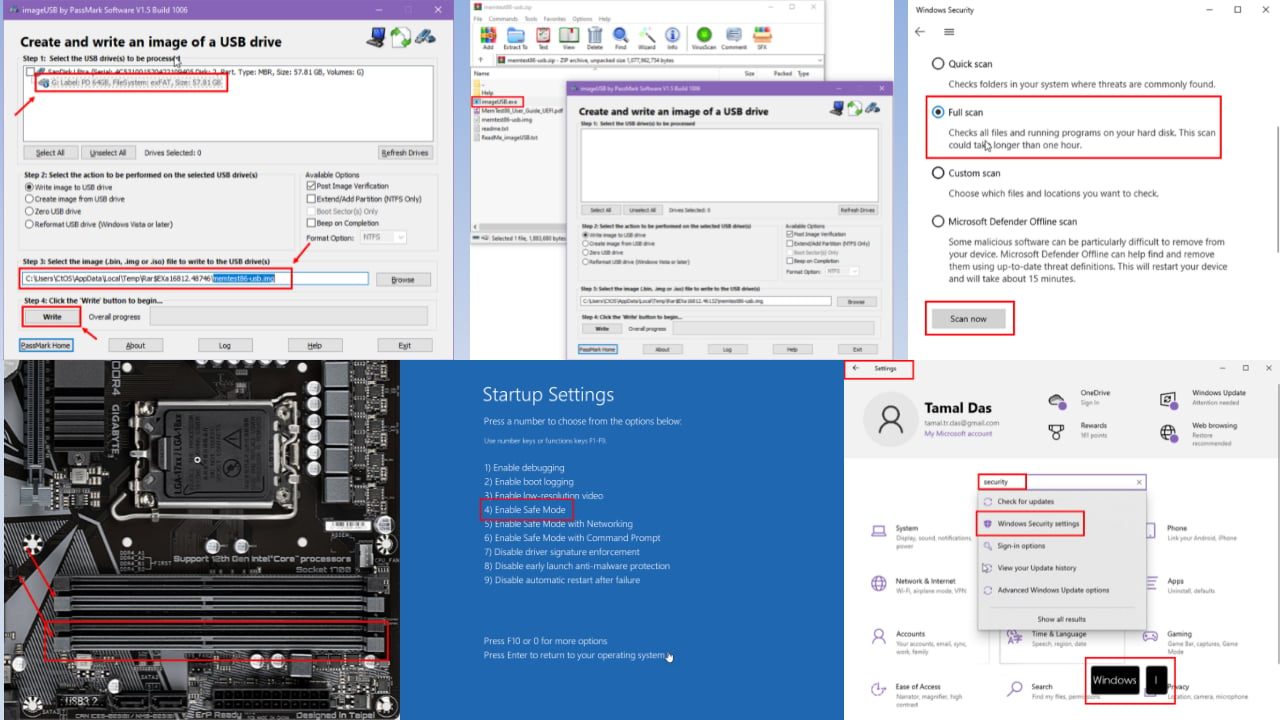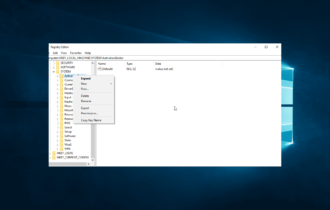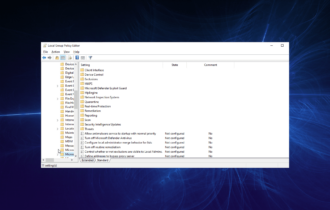Full Fix: Elevated Permissions are Required to Run DISM
Simply starting the command line as administrator fixes this issue
3 min. read
Updated on
Read our disclosure page to find out how can you help Windows Report sustain the editorial team Read more
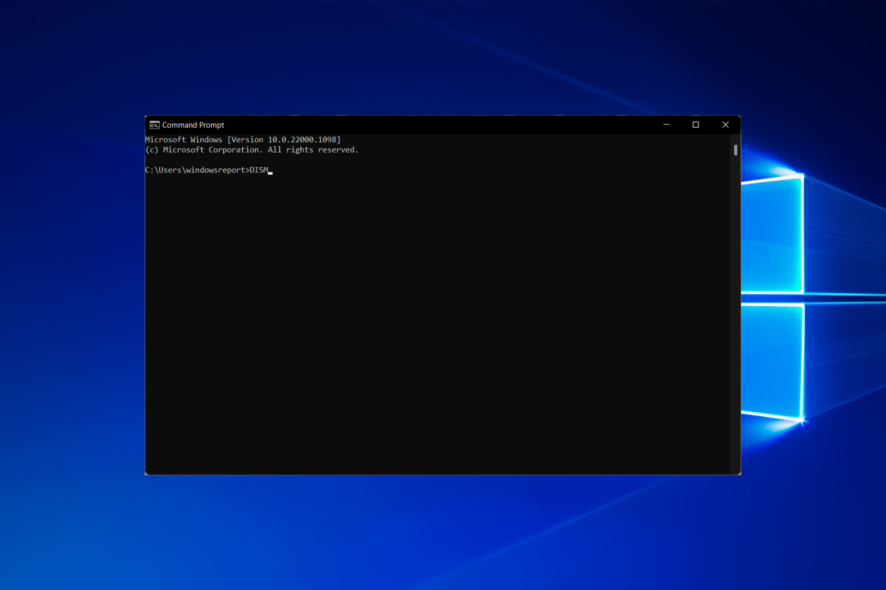
Many users reported Elevated permissions are required to run DISM, and this message will prevent you from scanning your system.
Luckily, this issue can be resolved, and in today’s guide, we’re going to show you the best ways to do that.
How do I elevate permission to run DISM?
1. Select the Run the Command Prompt as an administrator option
1. First you need to open Windows 10’s search box. To do that, press the Windows key + S keyboard shortcut.
2. Type Command Prompt in the search utility then select Run as administrator from the right side, under the result.
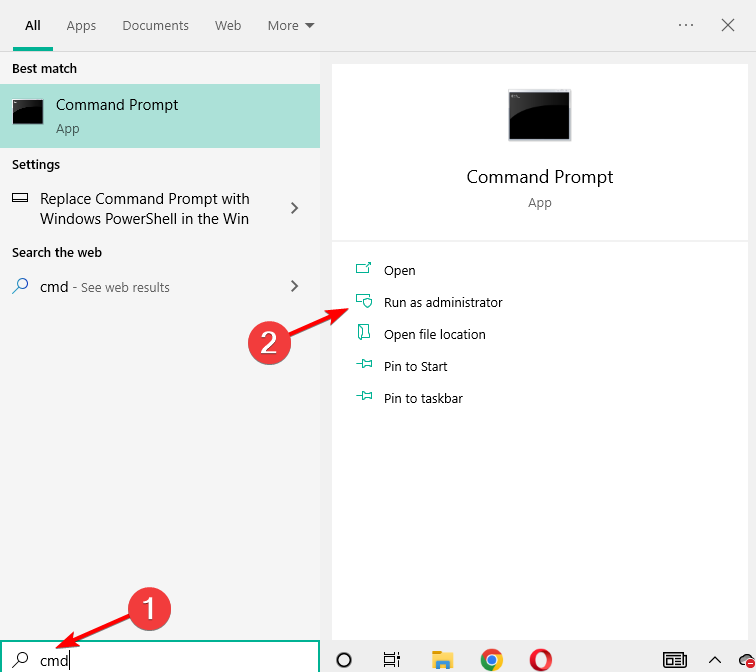
3. Click Yes on the UAC dialog box that might open. An Administrator: Command Prompt window will then open.
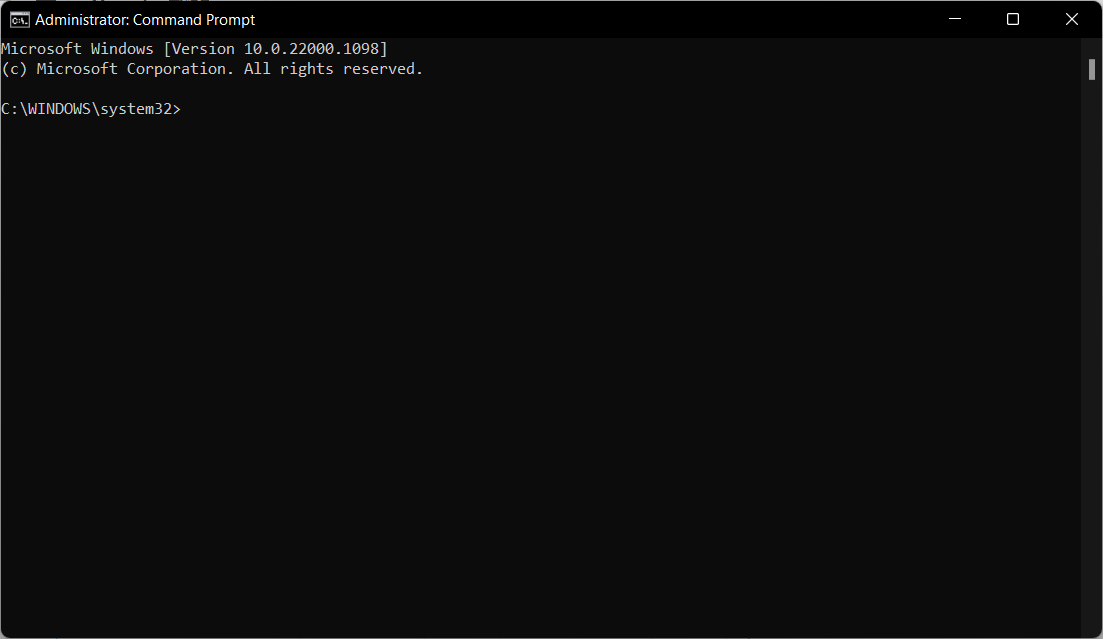
4. Type in the Deployment Image Servicing command.
5. Press the Enter key to run the command. The Elevated permissions are required to run DISM issue should no longer appear.
If you are encountering the Elevated permissions are required to run DISM issue, the first thing you need to try is run the command-line tool you want to run DISM on with administrator rights.
Some users complained that they can’t access the Command Prompt as administrators. If that’s also your case, don’t worry, we got your back!
2. Select the Run new task option
- Alternatively, you can open an elevated Command Prompt via Task Manager. Right-click the taskbar in Windows 10 to select the Task Manager option.
- Next, click File.
- Select the Run new task option to open the window shown directly below.
- Enter cmd in the Open text box.2
- Select the Create this task with administrative privileges option.
- Click OK to open an elevated Command Prompt.
3. Open an elevated Command Prompt with Run
- Run is an accessory you can open an elevated Command Prompt with. To do so, open the Win + X menu by right-clicking the Start menu.
- Select Run to open it. Enter cmd in the Run box.
- Press the Ctrl + Shift + Enter hotkey.
- Select the Yes option on the UAC dialog box.
4. Set up a Command Prompt shortcut
- You can also set up a desktop shortcut that will open an elevated Command Prompt when you click it. To do that, right-click the desktop and select Shortcut.
- Enter cmd.exe in the Type the location of the text box.
- Click the Next button.
- The shortcut title will be cmd.exe by default, but you can change it to an alternative of your preference.
- Click the Finish button.
- Next, right-click the cmd.exe desktop shortcut and select Properties.
- Select the Shortcut tab in the snapshot directly below.
- Click the Advanced button.
- Select Run this administrator option.
- Click the OK button to exit Advanced Properties.
- Click the Apply option.
- Select OK to close the window and fix error 740 DISM.
What is an elevated permission?
A user is said to have elevated permission when additional capabilities beyond those of a standard user are assigned to that user. The administrator account has elevated privileges compared to a standard user.
How and why are elevated permissions used?
The CMD starts by default with limited rights and this is nothing but a security measure designed to prevent users from running commands that can make system changes.
While you won’t have any trouble executing most commands in standard mode, there are specific lines that require administrative privileges (aka elevated permissions).
So what happens if you try to run such a command without admin rights
If you try running commands that require administrative privileges, the command simply won’t run and you’ll get a message saying that you require additional privileges.
These are the best solutions to try out to fix error 740: elevated permissions are required to run DISM Use an elevated command prompt to complete these tasks.
Sometimes, the Run as Administrator option will not work. In this case, we recommend that you remove the problematic application that causes this issue.
Alternatively, if you get access denied while using an administrator account, make sure to refer to our dedicated guide on this issue.
DISM is a powerful tool, and if you’re not familiar, we have a guide on how to use DISM commands as well as a guide on what to do if DISM fails on your PC, so don’t miss them.
Don’t forget to leave us a comment in the section found below this guide.


